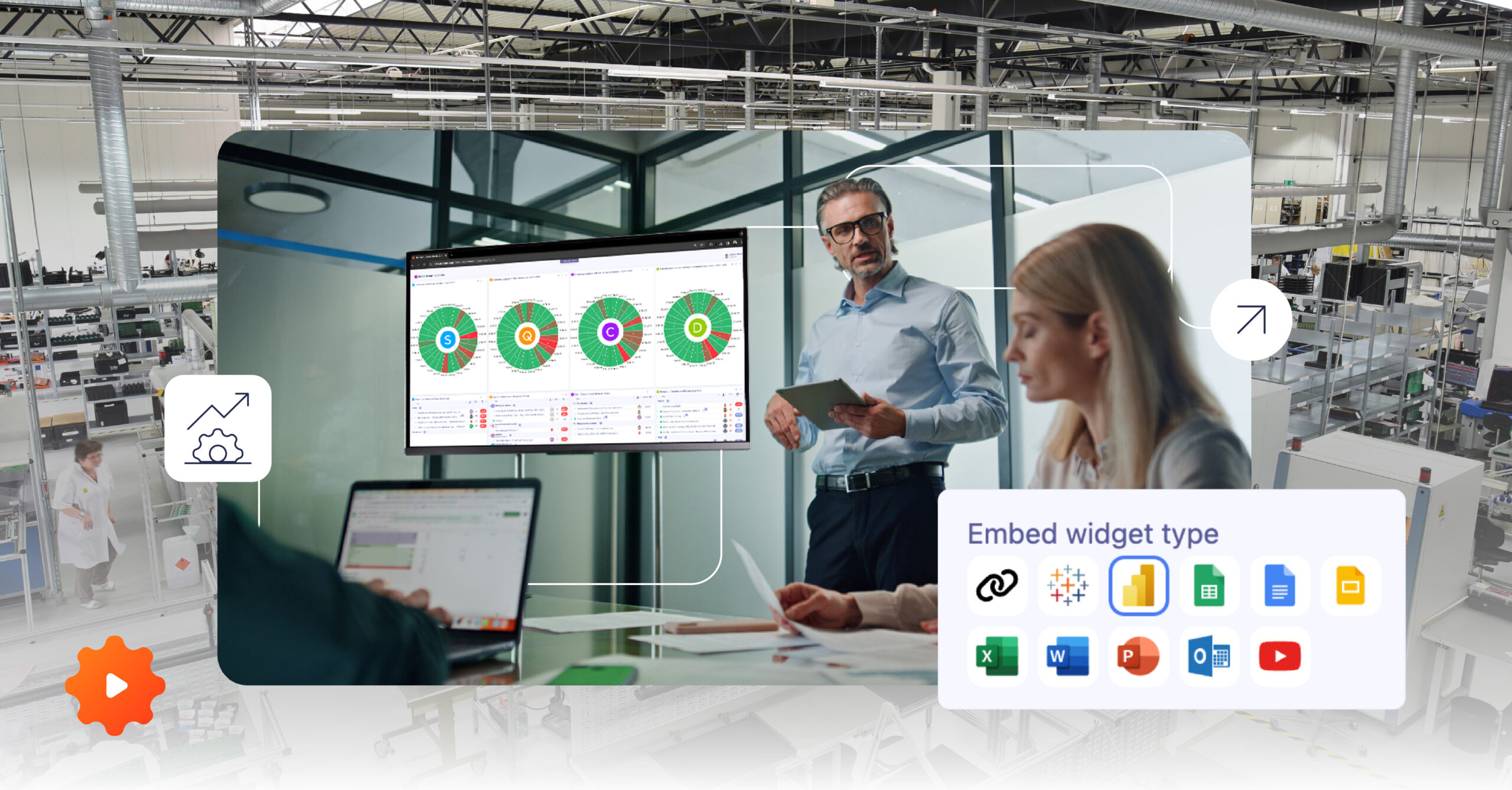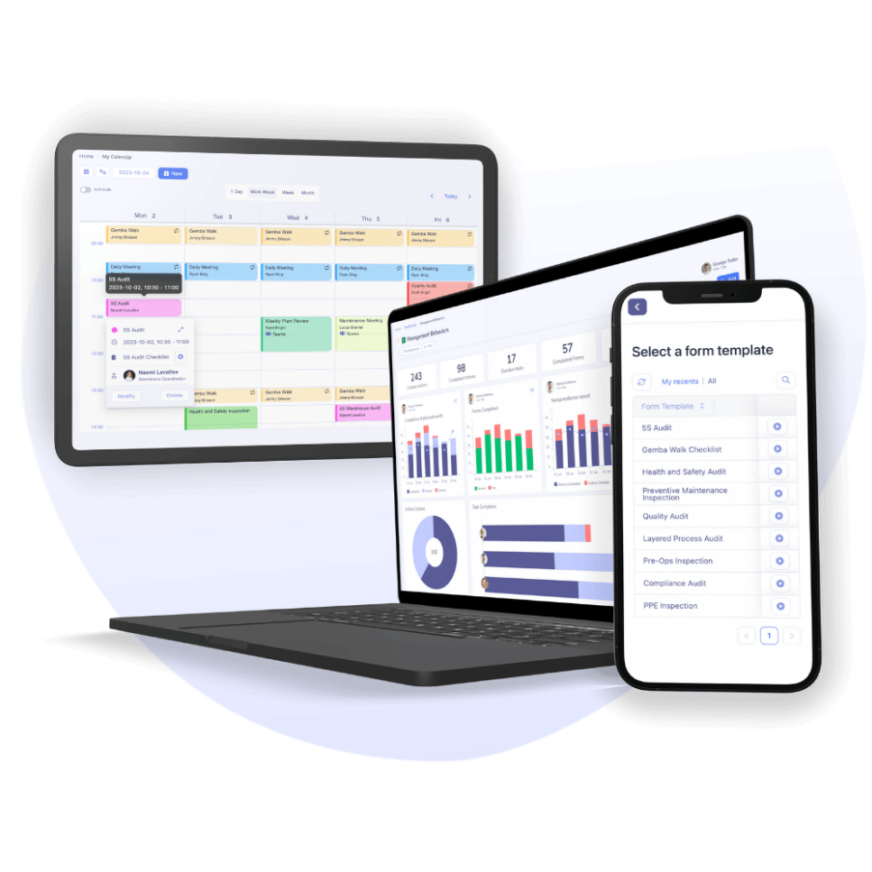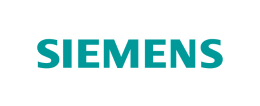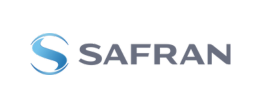Reach Operational Excellence with an OEMS

| Last updated: | February 4, 2025 |
Key Takeaways (TL;DR):
- An Operational Excellence Management System (OEMS) is an infrastructure that drives efficiency and performance in organizations.
- OEMS aligns all management aspects.
- It includes various focus areas such as safety, environment, and efficiency.
- OEMS helps with risk management, communication, and leadership involvement.
- Implementing and improving OEMS can bring numerous organizational benefits.
What Is an Operational Excellence Management System (OEMS)?
An Operational Excellence Management System (OEMS) is an administration framework for any organization seeking peak efficiency and performance. OEMS embeds a culture of excellence and accountability at every management level. This all-inclusive system drives real change in performance, health, environmental, and safety (EHS) outcomes.
OEMS’ scope also goes beyond operational procedures: it follows an overarching strategy coordinating every management aspect. For example, it lays the groundwork for globally recognized standards (such as ISO 9001). At its core, OEMS sustains organizational values and aligns all efforts.
Components of an Operational Excellence Management System (OEMS)

Focus Areas of Operational Excellence
Organizations across various sectors invest in management systems to pursue Operational Excellence (OpEx) efforts. Chevron and Marathon, two leading energy sector leaders, provide exemplary OEMS models. The table below outlines their respective OpEx priorities:
Chevron’s OE Focus Areas
- Workforce Safety and Health
- Process Safety, Reliability, and Integrity
- Environment
- Efficiency
- Security
- Stakeholders
Marathon’s OE Focus Areas
- Product Stewardship
- Personal Safety & Health
- Process Safety & Reliability
- Environmental Protection
- Emergency Management
- Security Management
- Product Stewardship
- Social Responsibility
In addition to Chevron’s and Marathon’s focus areas, here are a few more examples:
- Problem-Solving Methods
- Equipment and Asset
- Cybersecurity and Information Management
- Incident Management
- Leadership and Management Development
- Quality Management
- Legal and Regulatory Compliance
- Project Management
Each organization must prioritize its focus areas to meet projected performance targets, operational needs, and industry-specific or regulatory requirements. Tervene’s Daily Management System (DMS) can integrate these unique frameworks seamlessly by enhancing visibility and accountability.
Management Systems
The Operational Excellence Management System (OEMS) relies on an efficient Daily Management System (DMS). Most manufacturing leaders standardize management processes to empower their workforce, drive operational excellence, ensure workplace safety, and increase productivity.
A standardized management system ensures efficient identification and documentation of deviations. It facilitates clear communication and escalation of issues while effectively addressing improvement opportunities. For instance, a key element of OEMS is the Plan-Do-Check-Act (PDCA) Cycle, a Lean management method that Tervene streamlines. This mechanism includes:
- Defining goals and creating action plans.
- Carrying out concrete measures.
- Conducting audits.
- Reviewing Operational Excellence procedures.
Risk Management in an OEMS
One of the Operational Excellence Management System’s (OEMS) core components is to serve as a roadmap for risk management. Here is how an OEMS will improve your risk management procedures:
Identifying hazards
It helps identify possible hazards in operations. Be it a slight hiccup in your assembly line or a procedural gap – spotting these before they turn into hazards is the key to safety.
Assessing impact
After the potential issues are found, OEMS helps assess their impact and probability. This step determines the risks to prioritize and monitor over time.
Implementing auditing procedures
Regular audits are the pulse checks to your risk management strategy: they ensure processes stay current and effective.
Developing clear communication
OEMS establishes strong communication channels. Everyone from floor staff to top management is informed about the risks and countermeasures.
Leadership’s Role in OpEx
Achieving Operational Excellence (OpEx) flows from the top. Senior leaders must steer the Operational Excellence Management System (OEMS) actively. They assess risks, place safety nets, and ensure smooth operations. Responsibility is shared across all levels of management, from team leaders to executives.
Moreover, accountability also extends beyond top leadership. It must permeate through every management layer. This wide-ranging involvement aligns OpEx objectives with organizational targets.
8 Steps to Implement an Operational Excellence Management System (OEMS)
Implementing an Operational Excellence Management System (OEMS) is an important project. It’s all about taking the proper steps:
- Get Leaders Onboard: First things first, loop in your top leadership. Their collaboration is required to kick things off.
- Assemble an OpEx Team: Create a group of team members skilled in OpEx and add experts from various fields like Quality, Safety, and Maintenance. They’re your architects and pilots for the OEMS framework.
- Set Clear Goals: Decide what you want to achieve with your OEMS and which focus areas you want to prioritize. Whether cutting down on environmental risks, boosting process efficiency, or improving workplace safety, your objectives should mirror your company’s needs and industry standards.
- Draft the Plan: Design a clear map for your OEMS. This tailored framework is your guide.
- Research OpEx-related Systems: Take a cue from existing OpEx systems. Integrating a solution like Tervene can offer tools for a smooth OEMS implementation.
- Start a Pilot Project: Once your OEMS is fleshed out, run it through the organization. Gather feedback and aim for a system everyone supports.
- Launch and Learn: Now, bring your OEMS to life in the day-to-day workings of your organization.
- Review and Enrich: Regular check-ins on how your OEMS is doing are fundamental. Review your management system and achievement annually. This ongoing project is about evolving and constantly improving.
5 Tips to Drive Operational Excellence

Improving your Operational Excellence Management System (OEMS) can significantly impact your organization’s efficiency and performance. Here are five strategies to consider, drawing from the expertise of Tervene’s industrial engineers, project managers, and integrators.
Consider Leader Standard Work
Focus on increasing accountability and ownership among front-line managers. Clear expectations and responsibilities encourage proactive management. Implementing a Leader Standard Work program achieves this by standardizing daily and weekly routines.
Strengthen Operational Control With Process Confirmation
Engage in scheduled activities like Gemba Walks, 5S audits, and operations assessments. Coupled with digital checklists and real-time data visibility, this helps managers verify processes, ensure compliance, and capture valuable insights.
Manage Nonconformance Effectively
Effectively manage nonconformances, issues, and deviations. With Tervene, organizations can systematically identify nonconformances, manage corrective actions, and collaborate for more effective decision-making and problem-solving.
Implement a Tiered Management and Escalation Process
Develop a layered approach to manage operations, issues, and improvements. This communication involves creating transparent escalation processes and involving top leadership in issue resolution to handle challenges at all levels efficiently. Tervene can assist in building a communication structure to ensure prompt issue resolution at the right level, from the shop floor to the top management.
Foster Cross-Functional Collaboration
Encourage maintenance, quality, safety, and engineering departments to work together. This integrated approach leads to more innovative solutions and a cohesive operational strategy.
Incorporating a tool that aligns with these strategies enhances your OEMS. Solutions like Tervene support better management, collaboration, and continuous improvement.
Benefits of an OEMS
An Operational Excellence Management System (OEMS) can bring countless benefits to your organization. Here are three reasons why it’s valuable:
Setting a High Standard
OEMS sets a high bar for quality across your organization. It’s a blueprint for excellence that ensures your products and services consistently meet or exceed customer and shareholder expectations. This commitment to quality elevates your brand and drives efficiency.
Engaging Everyone
OEMS is about getting all hands on deck. It creates a shared ownership and responsibility culture involving employees and partners. This collective effort enhances operational discipline, boosts morale, and leads to better performance across the board.
Sustainability and Future Vision in OEMS
OEMS isn’t just a fix-it tool for today; it’s a strategy for tomorrow. It helps you identify and eliminate inefficiencies, setting a clear vision for sustained performance.
Tervene: a Digital Solution for Operational Excellence
Achieving top-tier manufacturing, distribution, and healthcare performance demands a unified operational excellence management system (OEMS). Tervene’s application answers this need. It integrates operational control, team collaboration, safety, compliance, and quality management into one seamless system. Tervene sets a new standard in efficiency and reliability.
How Kruger’s Crabtree Factory Digitizes Daily Management and Operational Excellence
The Kruger Products’ Crabtree Plant utilizes Tervene’s solution to support daily operations and ensure excellent operational objectives. Everyone contributes to operational control, from workers to top management. Kruger’s plant digitized several daily management processes. They connected teams to align operations toward operational objectives. Read the full success story.
Tervene helps identify gaps from the factory floor, categorize them and assign the right resources to achieve a viable solution. It helps support our processes.
Olivier Proulx, Kruger Products’ Crabtree Plant



























